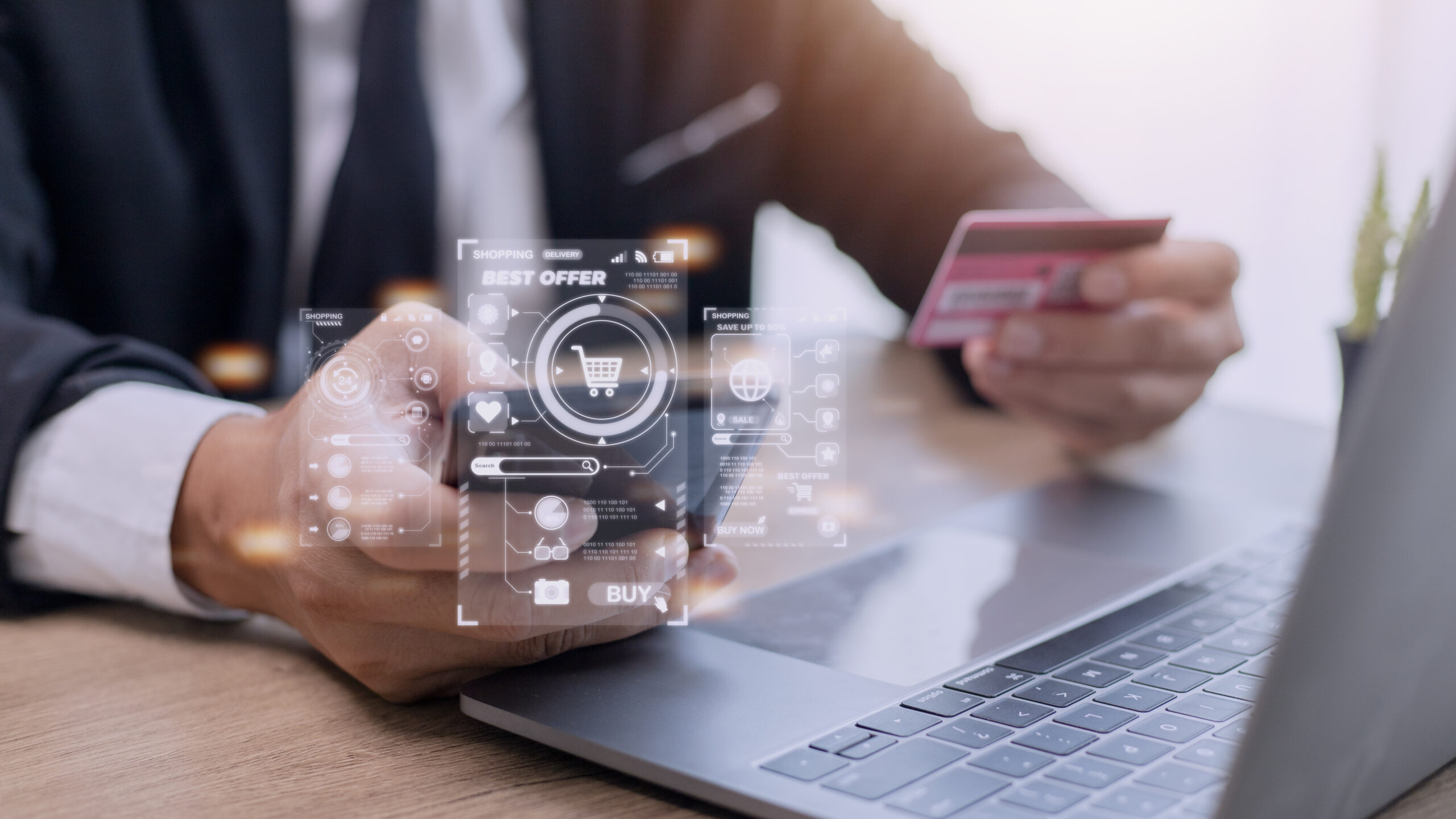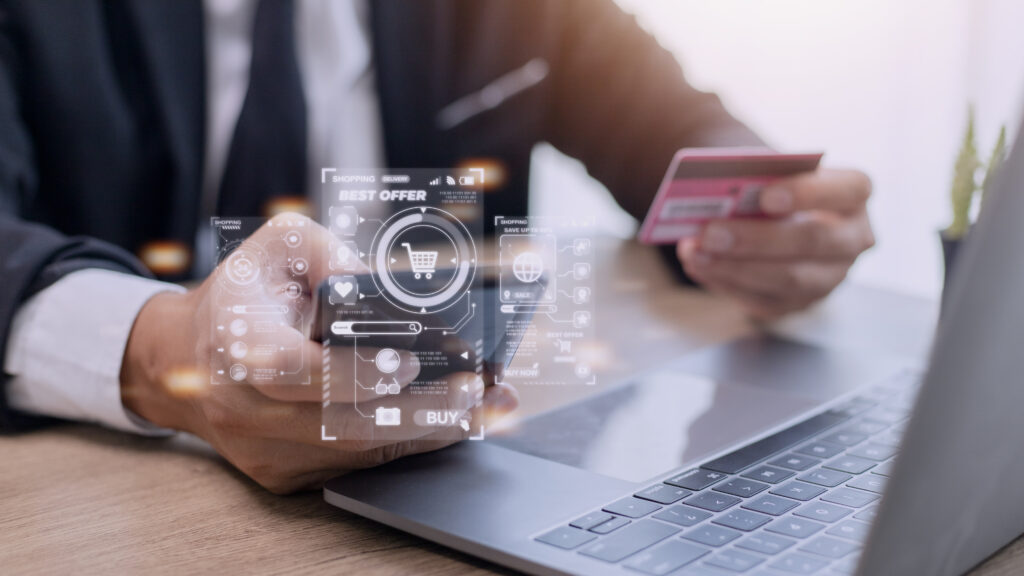
Online banking is one of the conveniences of the digital era that has transformed our lives the most. With just a few clicks or finger taps, we can manage our finances and get access to all sorts of financial services no matter where we are. However, just like many other digital services, online banking comes with its own disadvantages and raises some concerns in regard to privacy and safety.
In this article, we’re taking a look at online banking from the digital security angle and addressing some of the most commonly asked questions in regard to online banking and digital security.

What Are the Advantages of Online Banking?
___________
Online banking took off for a reason, even in spite of all the problems that naturally arise with digital services. In other words, there are a lot of advantages to online banking that outweigh all the potential cons. Some of them include:
- Convenience: With online banking, we have no need to go out of our way and visit a physical branch whenever we need to pay bills, transfer funds, manage our accounts, etc.;
- Accessibility: Online banks are open 24/7, even on weekends and during holidays;
- Customization: Online banking apps typically allow for a lot of customization and give the user freedom to micro-manage their finances autonomously.
Are Online Banks Safe to Use? The Security Measures
___________
Whenever our capital is at stake, we like for things to be as secure and efficient as possible. Traditional banks employ security, store money and bullions in vaults, install CCTV systems, and function under strict policies that ensure the client that their funds are in safe hands.
But are online banks trustworthy? Online banks take similar precautions, only in the digital world. These platforms implement multi-layered encryption, feature authentication protocols, set up firewalls, and rely on other safety measures to protect users and their data.
Let’s take a look at some of these systems:
- Encryption: Banks rely on advanced encryption protocols to protect user data and finances during transfers. In fact, every online bank must employ end-to-end encryption (E2EE), which turns all data into a series of unreadable, random symbols before the transaction can proceed;
- Two-Factor Authentication (2FA): 2FA is a widely used digital security mechanism that can easily add an extra layer of protection to user accounts. Essentially, it’s the online equivalent of a door with two locks on it instead of one;
- Secure Socket Layer (SSL) Certificates: SSL stands for Secure Sockets Layer, which is a security protocol that helps create a safe, encrypted link between a web server and the user’s device. An SSL certificate is a kind of digital stamp that authenticates a website and confirms its identity, ensuring users they are dealing with a legitimate platform:
- Firewalls: A firewall is a sort of digital roadblock that ensures no unauthorized body can access the bank’s internal servers and, thus, user data.
The Risks
___________
Even though online banks implement a lot of safety measures to safeguard their information, digital banking is not entirely without risks. This is hardly surprising, as the internet as a whole is by nature open to all sorts of cyber attacks, and not even government-run platforms are immune to hacking.
Some of the major risks involved with online banking include:
- Phishing attacks: Phishing attacks are among the most prevalent forms of cyber attacks. Essentially, they boil down to tricking clients into sharing their information without unauthorized parties by means of believable but fraudulent emails, phone calls, text messages, and so on;
- Malware: Malware, that is, viruses, are another common cyber attack method. By installing malicious applications on your device, you give third parties access to your sensitive information;
- Identity theft: Once cybercriminals have enough of your info, they can use it in all sorts of fraudulent activities, posing as you;
- Man-in-the-Middle (MITM) attacks: In the realm of cybersecurity, MITM attacks are schemes that involve an interceptor mediating a conversation between two parties who are unaware that they are not talking directly to each other;
- Data breaches: Data breaches are what most people have in mind when they think about cyber attacks. In essence, data breaches refer to any activity in which data is copied, shared, altered, or even viewed by those not authorized to do so.
How to Stay Safe
___________
While banks are responsible for safeguarding your information, a lot of problems can be avoided if you take additional safety measures to protect information and portfolio assets from cyber threats. For example, you can:
Use Strong and Unique Passwords
Even though most online platforms remind users to create strong, long, and unique passwords, a lot of users still choose convenient strings of characters or numbers, such as their birthdays or pet names. This is highly dangerous. The more common your password, the easier it is to crack, and the more likely it is that a hacking party will have access to your information.
Instead, try choosing a seemingly random password by mixing uppercase and lowercase letters, numbers, symbols, etc. Moreover, use a different password for each of your accounts and try to log out after every session.
Use Two-Factor Authentication (2FA)
A strong password is the first step to safety, but what if you could have two passwords for each account? You can, with 2FA.
With 2FA on, users are required to provide two login and authentication factors to verify it is actually them who are accessing the website. This is useful because even if hackers, for example, steal your password, they might not have your biometric data required to log in.
Avoid Public Networks
Public networks such as those you can access in parks and cafés are notoriously unsafe and open to attacks. If you have to conduct business or access your account on the go, it is advised to use a Virtual Private Network (VPN) or wait until you’ve got a more secure connection available.
Keep Your Devices Updated
Operating system updates usually come with security fixes and patches, so be sure to keep your devices updated. Moreover, be sure you update the actual online banking app, as older software tends to be less secure.
Beware of Scams
Beware of emails, messages, or ads that claim to be issued by your bank, especially if they feature suspicious links, as they can be a sign of a scam. Legitimate banks, online and physical, will never ask for your personal information that way.
Avoid Third-Party Apps
All online banks have their proprietary software that you can use to access their financial services. You should never connect your banking app to another platform or website unless you are made sure by your agent that you are dealing with the bank’s legitimate partner.
Monitor Your Account
Sometimes, you might even be unaware that you have been targeted by malicious parties until it is too late. To be sure your funds are safe, monitor your account activity and report any suspicious transactions or changes to your branch.
Moreover, a lot of online banks nowadays offer users the option to set up account alerts, that is, notifications for large transactions or unauthorized login attempts from remote locations. These alerts are useful as they allow users to quickly respond to potential security threats.
Some Commonly Asked Questions
___________
Are Online Bank Transfers Safe?
Online bank transfers are generally safe, provided they are conducted through secure channels with all the necessary safety measures in place. To make sure your transfers are safe, use only legitimate online banking platforms and never share your financial information with unauthorized parties.
Is Online Banking Safe on Android?
Online banking on Android can be safe if you approach it with the right mindset. Android is one of the most widely used mobile operating systems, and it offers users a lot of freedom to customize their mobile experience. That means it can be an easy target for cybercriminals looking to exploit the open-ended nature of the software. To ensure your data is safe on your mobile, make sure you update the operating system regularly and use only trustworthy apps.
Are Online Bank Accounts Safe?
Online bank accounts are generally safe. However, it must be noted there is always a possibility of a cyberattack due to the nature of the internet as a whole. Fortunately, reputable online banks do all in their power to safeguard user data and insure them in case of a malicious data breach or theft.